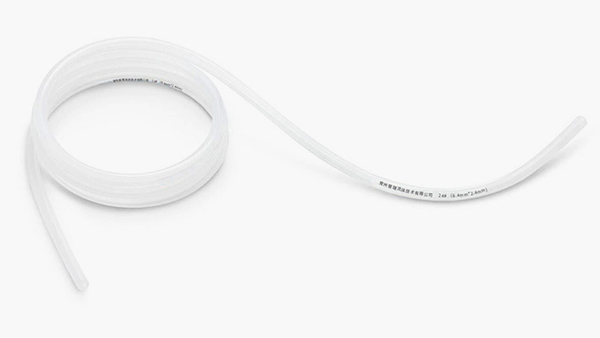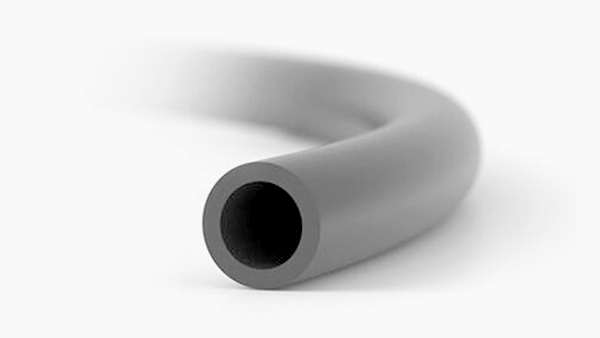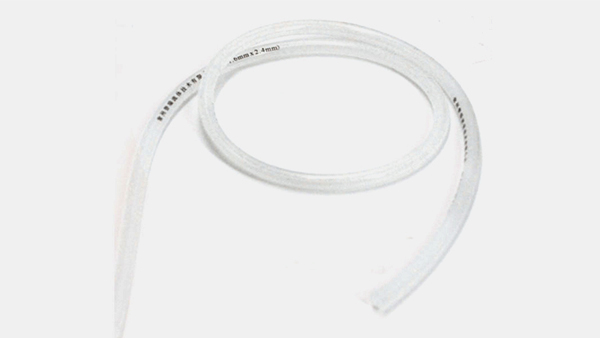In the whole peristaltic pump system, the hose is a common consumable, in the use of many problems. Today, Prefluid has summed up a few common questions to help you.
Problem one: The hose has scratches or even scratches. It looks like it was cut with a knife.
A: It is usually scratched by the flange inside the peristaltic pump head. This is mainly because there are many hoses in the pump head, causing hoses to pile up. When the flange inside the pump head rotates, the edge of the hose can be scratched. After disassembly, some hose residue can be found in it (hose was cut at flange edge).
Question two: But there is not much hose in my pump head, why does this happen?
A: Please check the swivel of the hose to see if it is suitable.
Question three: What should be paid attention to when installing peristaltic pump pipe?
Answer:
1. Before installing the pump pipe, place the pump on a flat surface; otherwise, the pipe will be stuck.
2. The pump pipe should be installed on the pump head (as direct as possible). The part of the pump pipe inside the pump head should not be too long, because the pump flange will scratch the hose when the pump is running.
3. Before the application of the pump pipe, the outside world should be cleaned up and solved, and the magazine should not be left, otherwise it will harm the resilience of the pump pipe and the accuracy of transportation.
4. Determine the size of the pump head. Not all hoses can be installed on the same pump head, otherwise there will be pipe hopping.
5. In order to avoid the phenomenon of channeling, the peristaltic pump pipe should be clamped with a clamp head.

Problem four: the pump tube can not rebound, the tube wall is too thin, abnormal wear.
Answer: This kind of condition is generally because the runner is stuck. There are impurities on the surface of the pump pressure block touching the pump tube and on the runner. Caused by high rotational speed. After the runner of the pump head is stuck, the runner of the Peristaltic pump will immediately scrape through the peristaltic pump pipe, which will enhance the friction of the surface of the hose, causing the temperature of the surface of the hose to rise very high and wear the surface of the hose. The high temperature will also make the hose lose its elasticity, and the temperature exceeding 140 degrees in extreme condition will even lead to the dissolution and deformation of the hose. It is proposed that after a period of time, the overall inspection must be carried out to clean up the surface of the pump head drum and select the appropriate speed.
Problem five: the hose appears embrittlement. Harden. Lose elasticity. Discoloration. Increased solubility. What are the causes of breakage and yellows and spots?
Answer: this needs to be divided into two cases, one is external cause, one is internal cause. External cause: The pump pipe cannot transfer this liquid, and the hose material type is not qualified. Internal cause: there are problems in the production of peristaltic pump pipe, such as improper proportion of auxiliary materials or unqualified auxiliary materials in the production process of hose, without second curing or curing completely. It is recommended that you consult the pric fluid sales staff before choosing, so as not to cause losses to you.

Pump speed and pressure of the pump tube, pump material and its chemical compatibility, and the abrasion of the pump flu...
Jul 18, 2022 Read Details
According to Prefluid understand,In unit time transmission fluid is known as the process of filling, quantitative peris...
Jul 18, 2022 Read Details
In the whole peristaltic pump system, the hose is a common consumable, in the use of many problems. Today, Prefluid has ...
Jul 18, 2022 Read Details